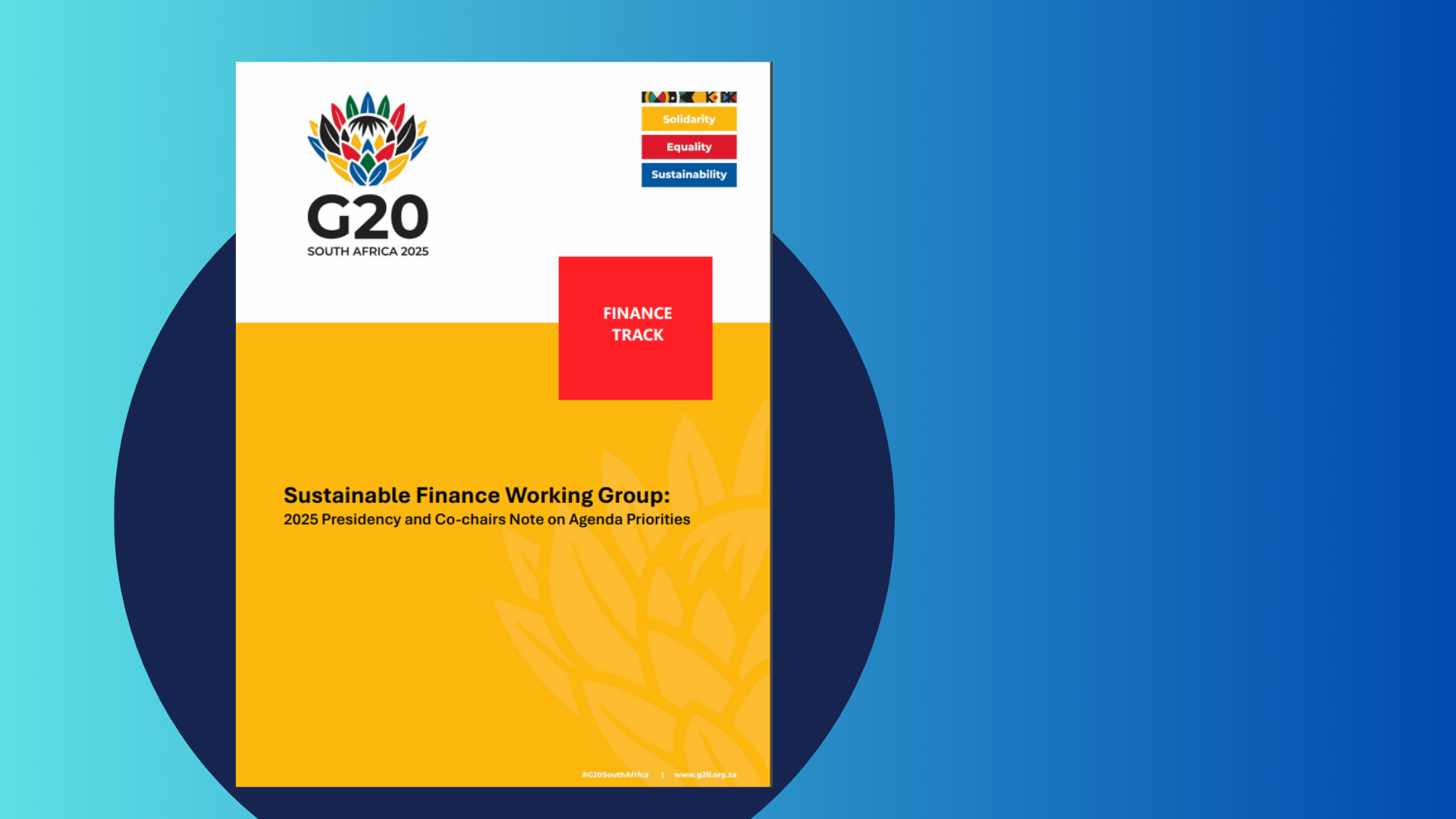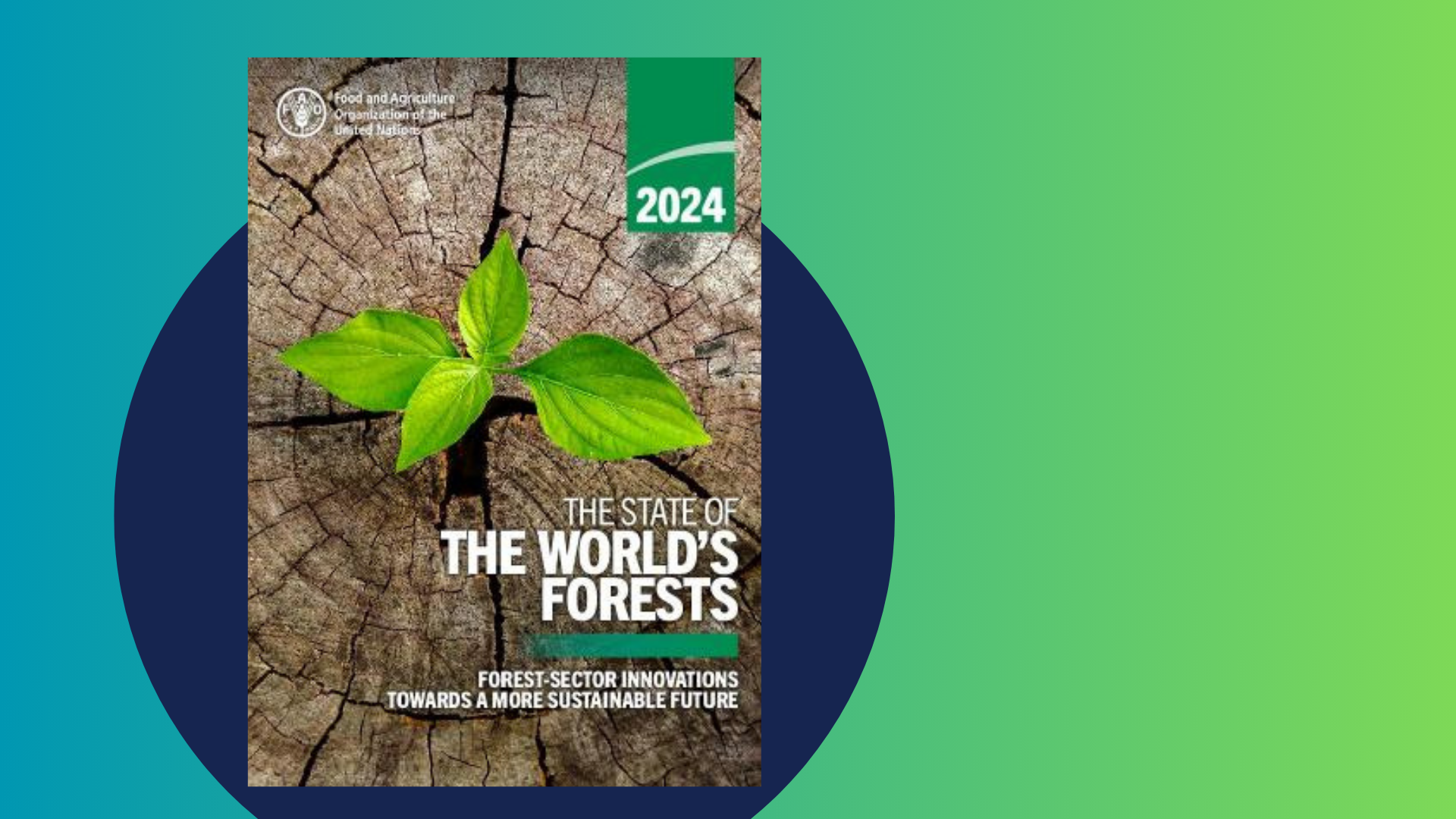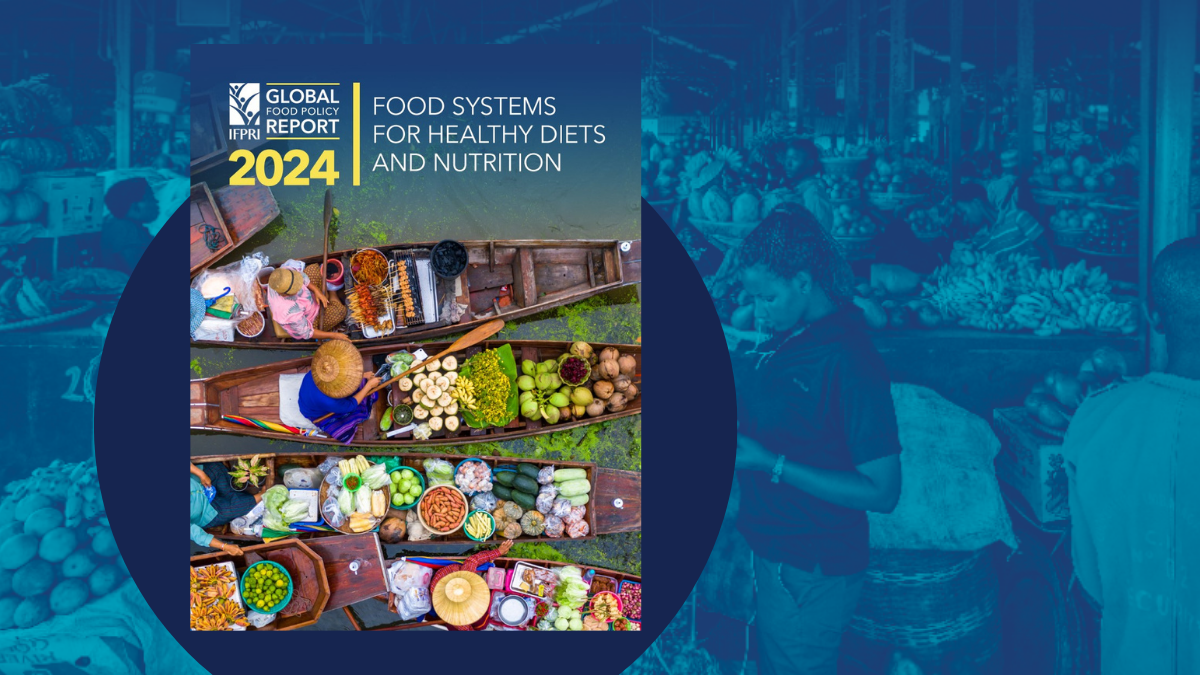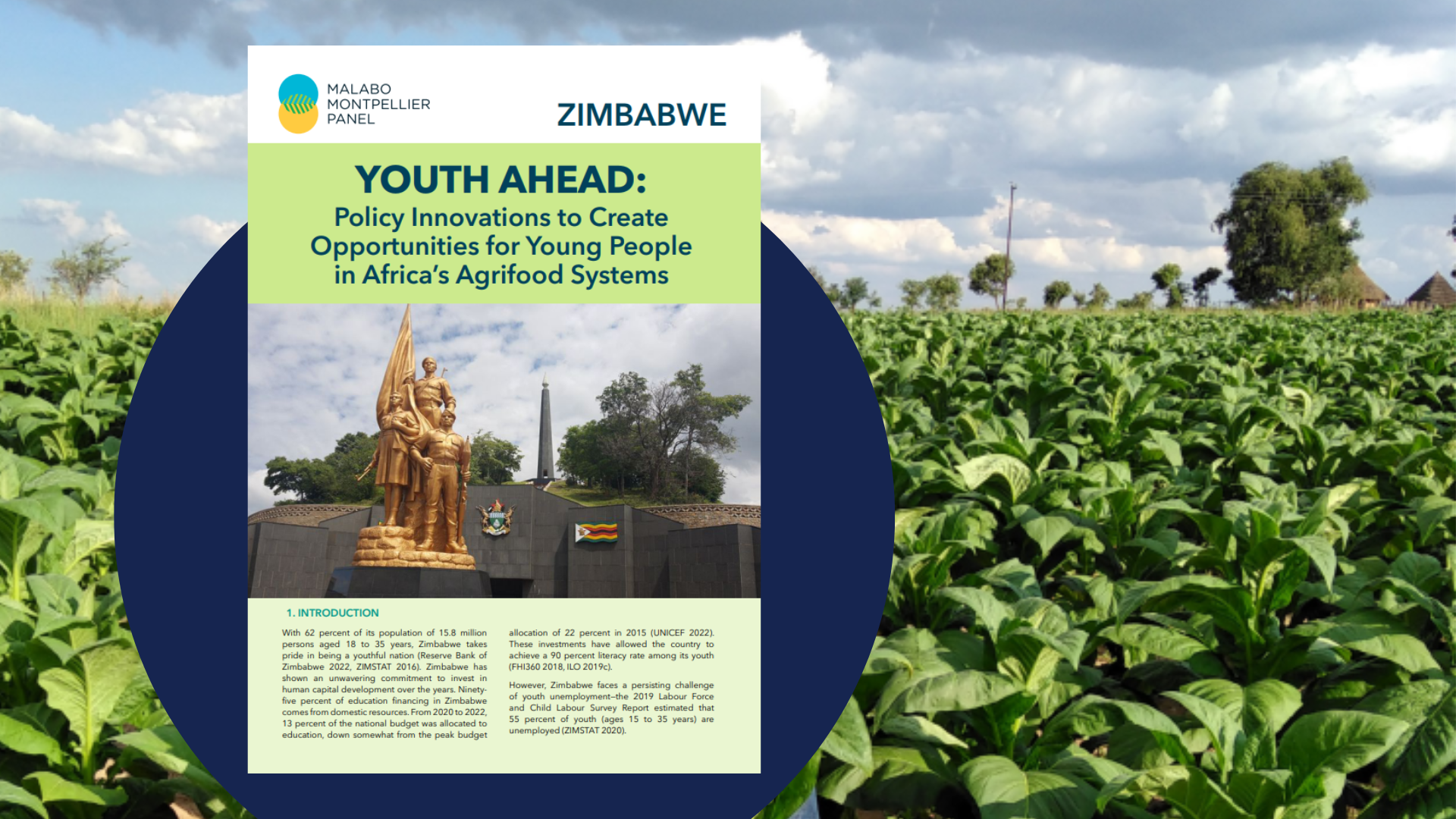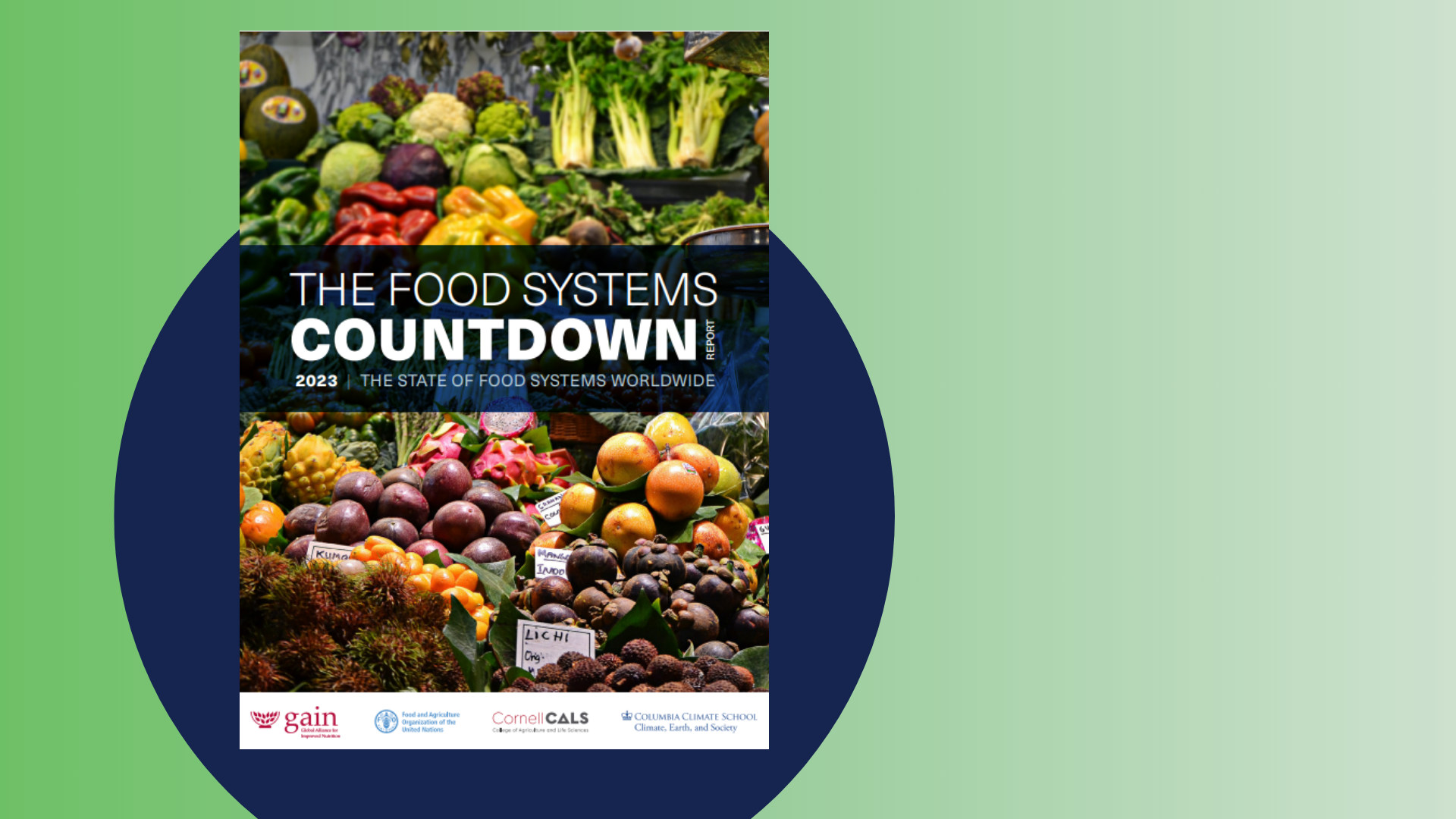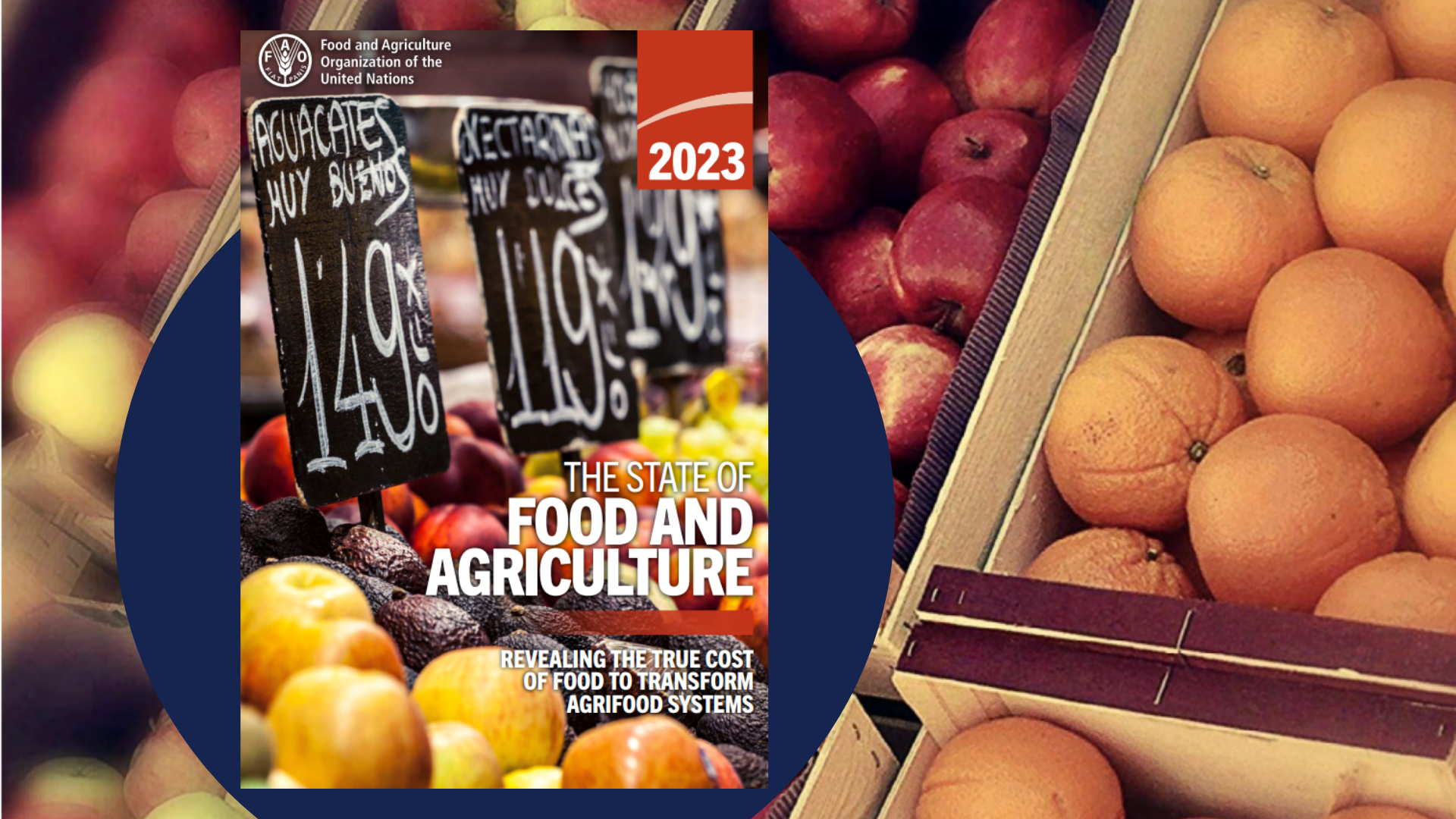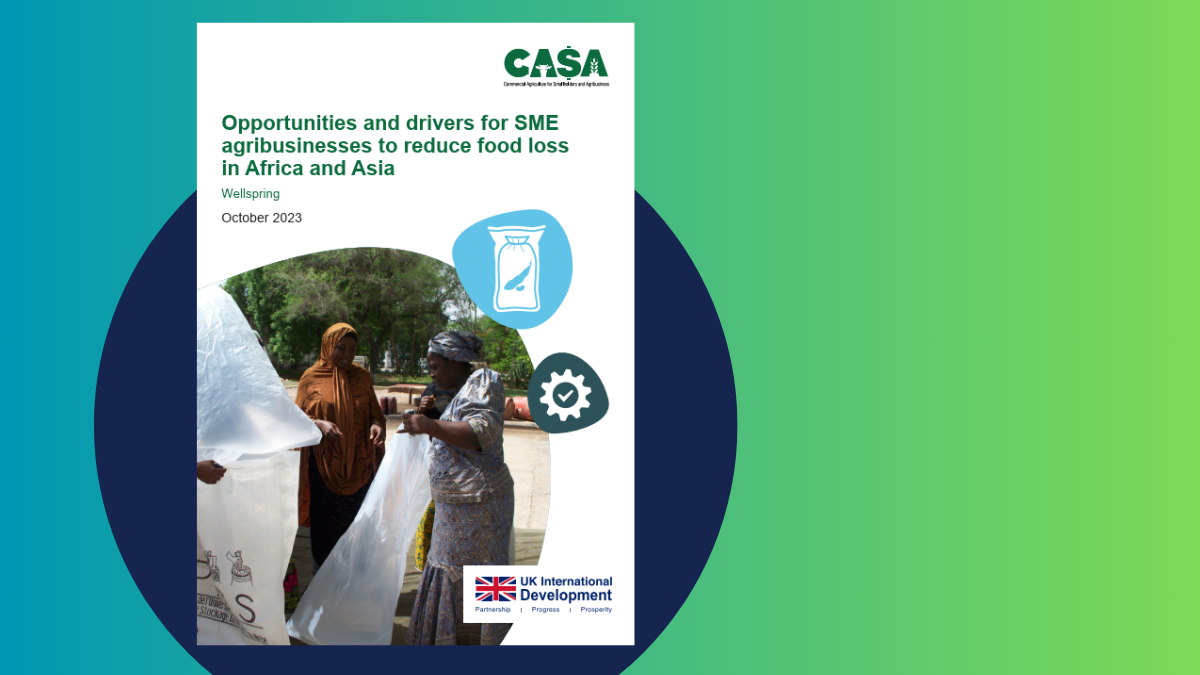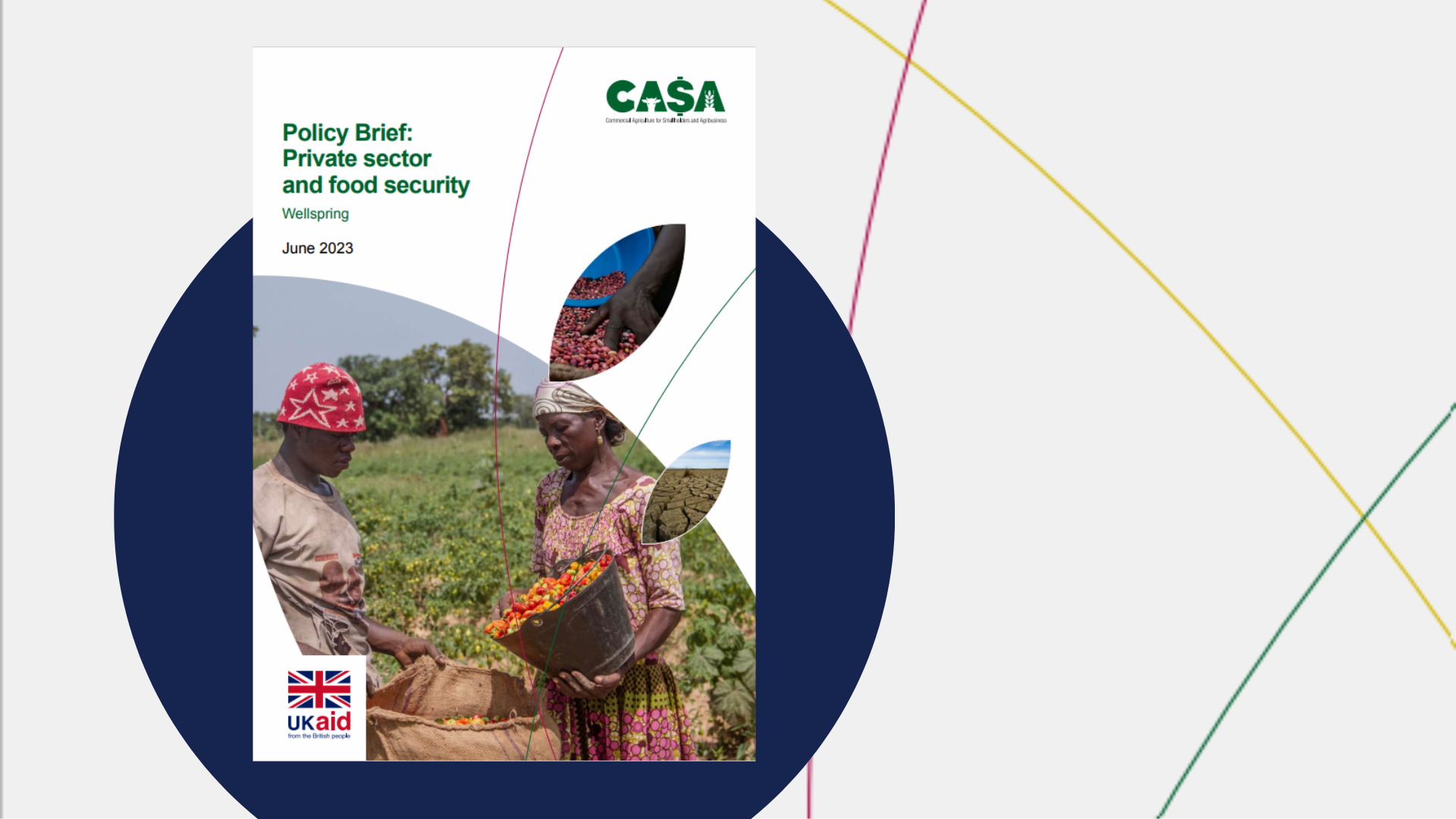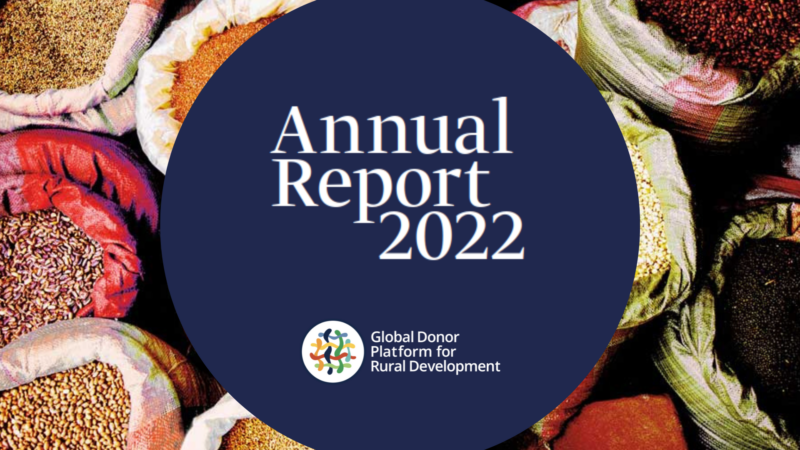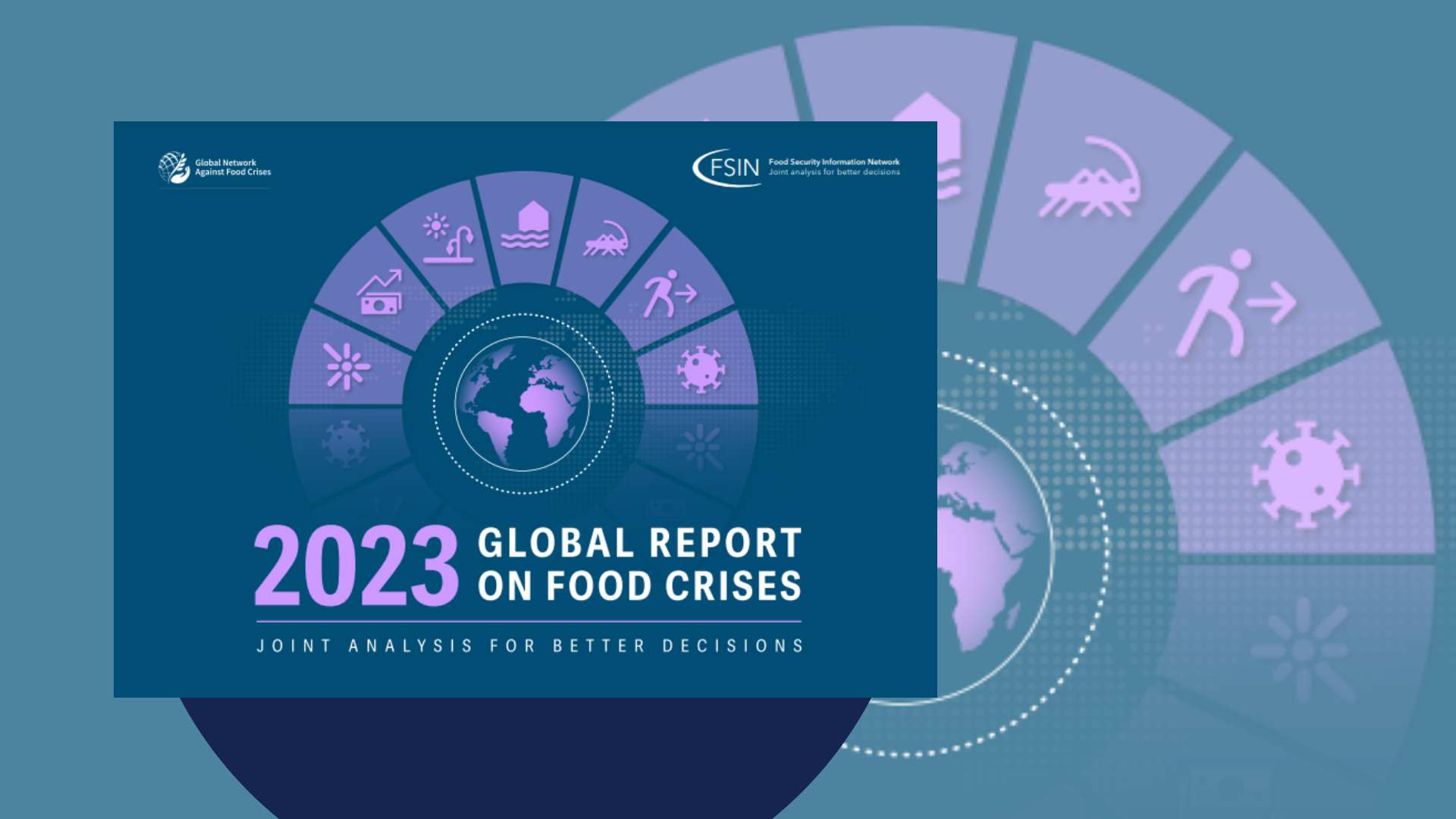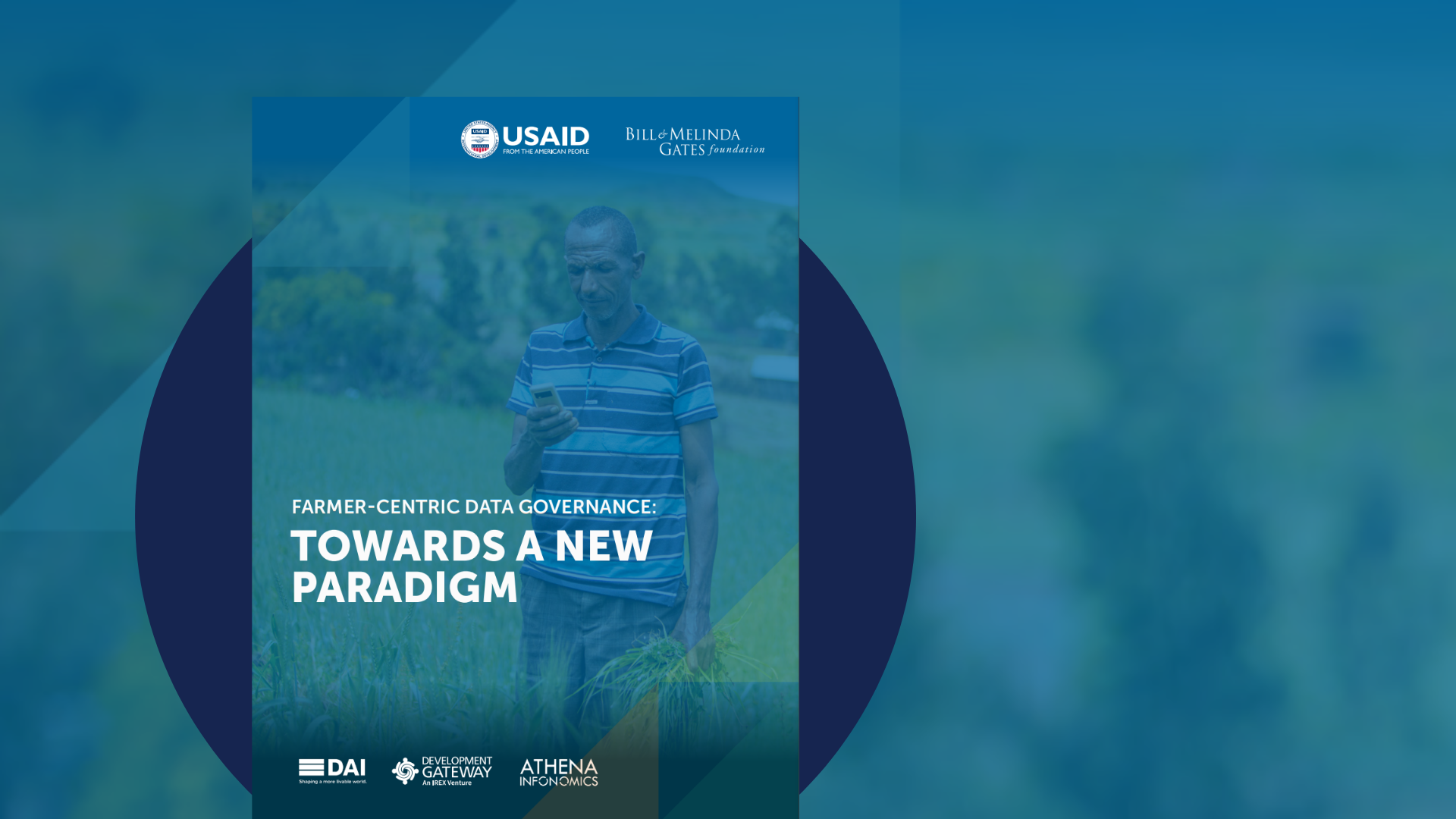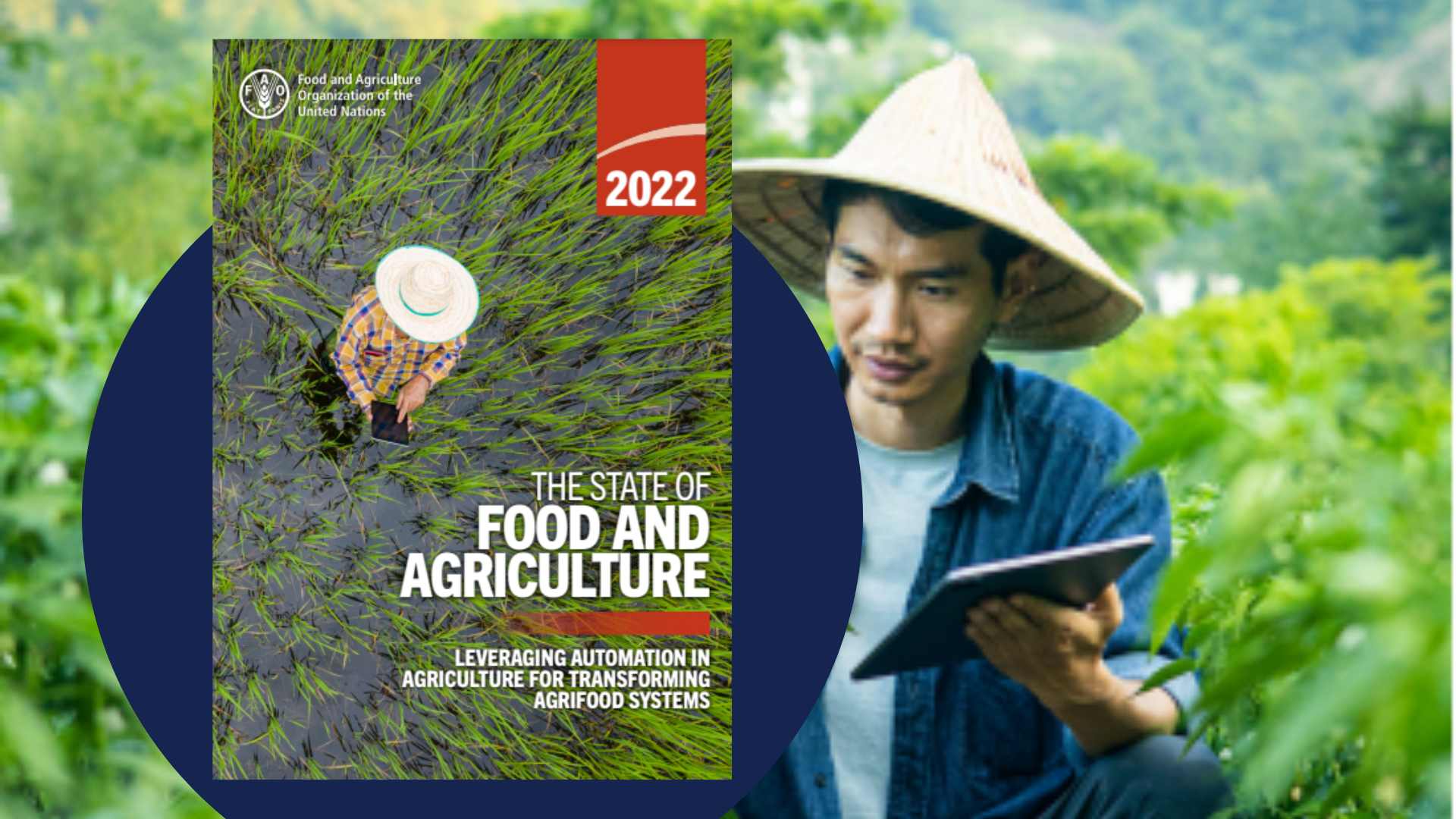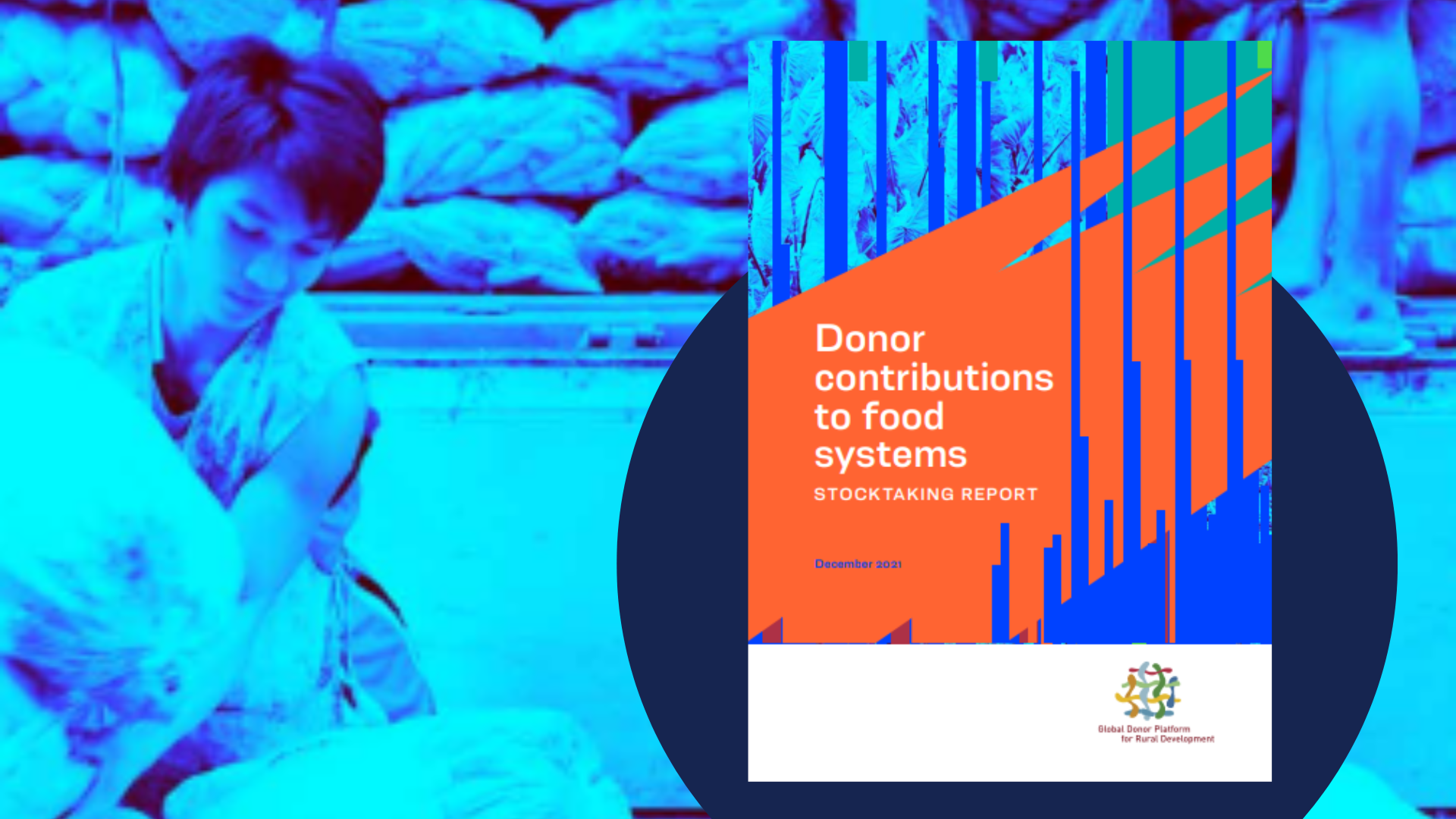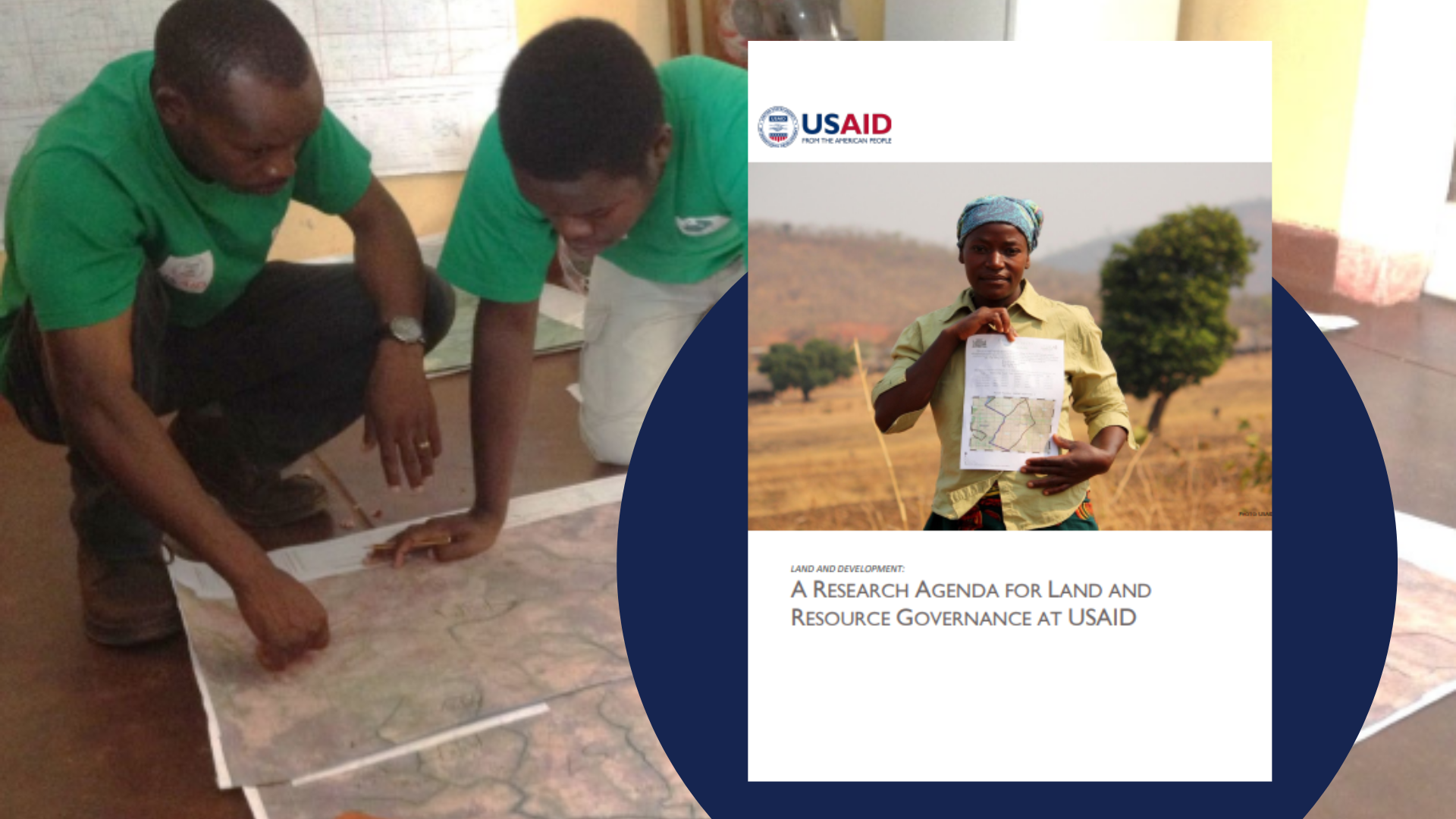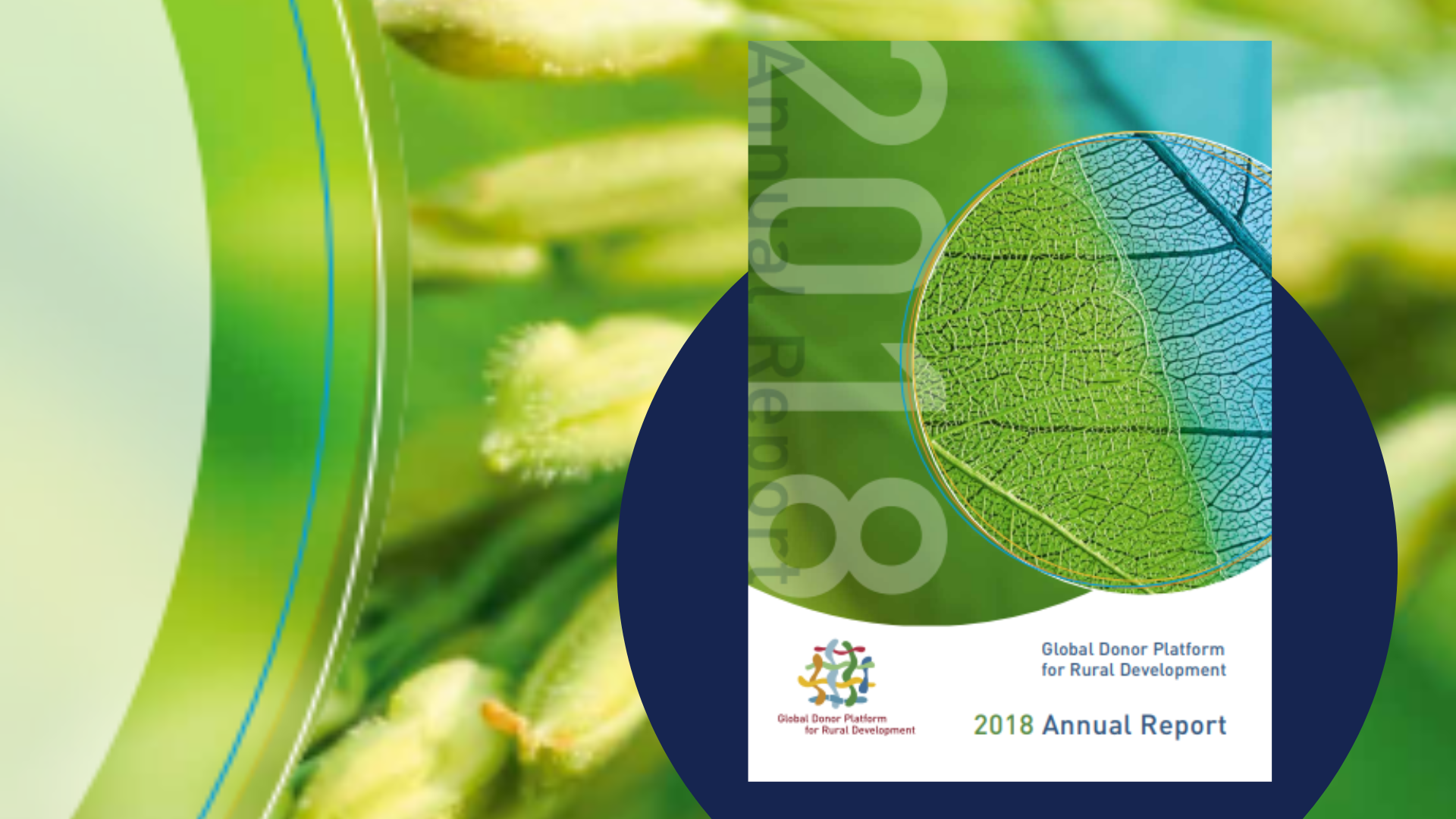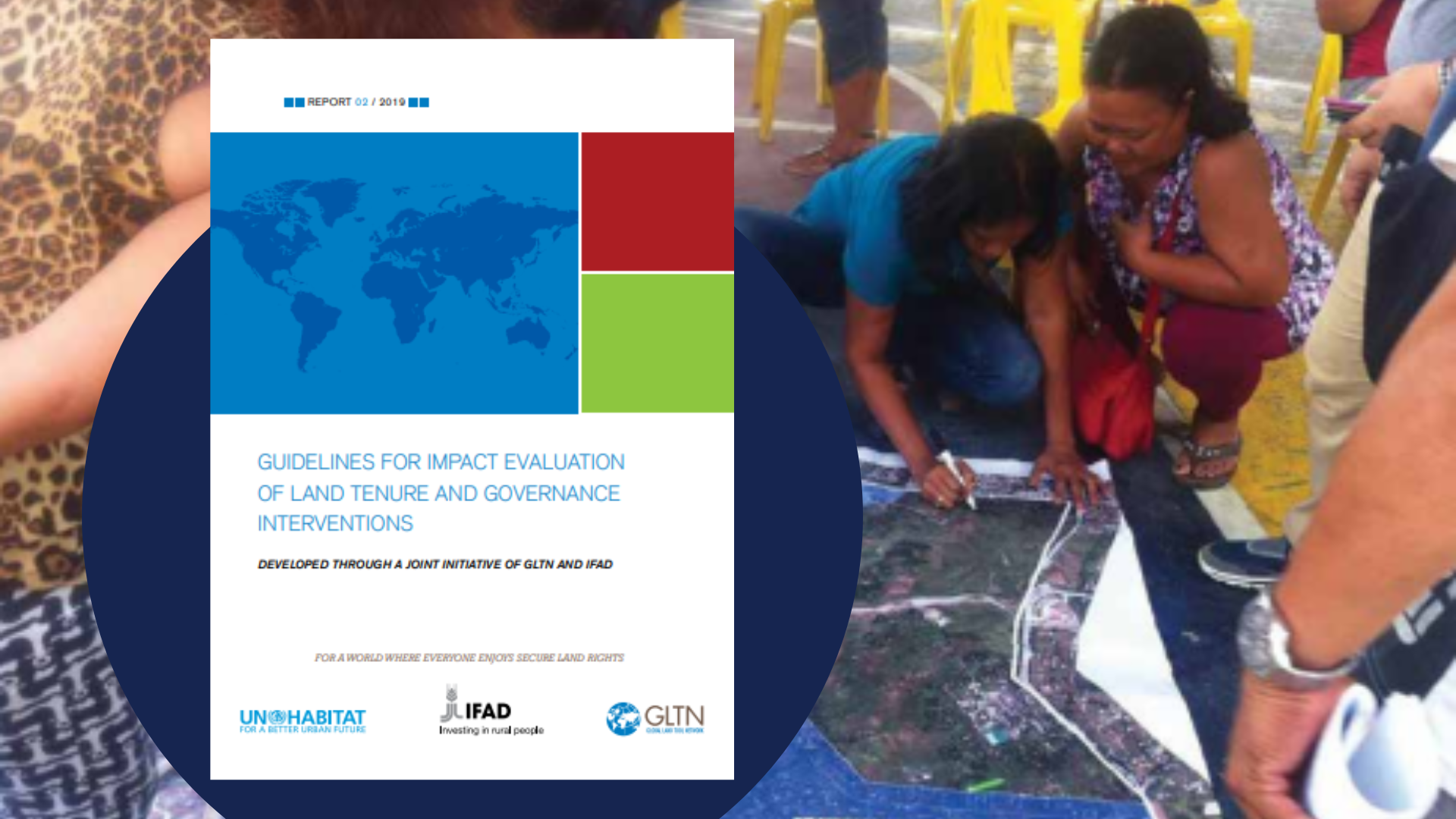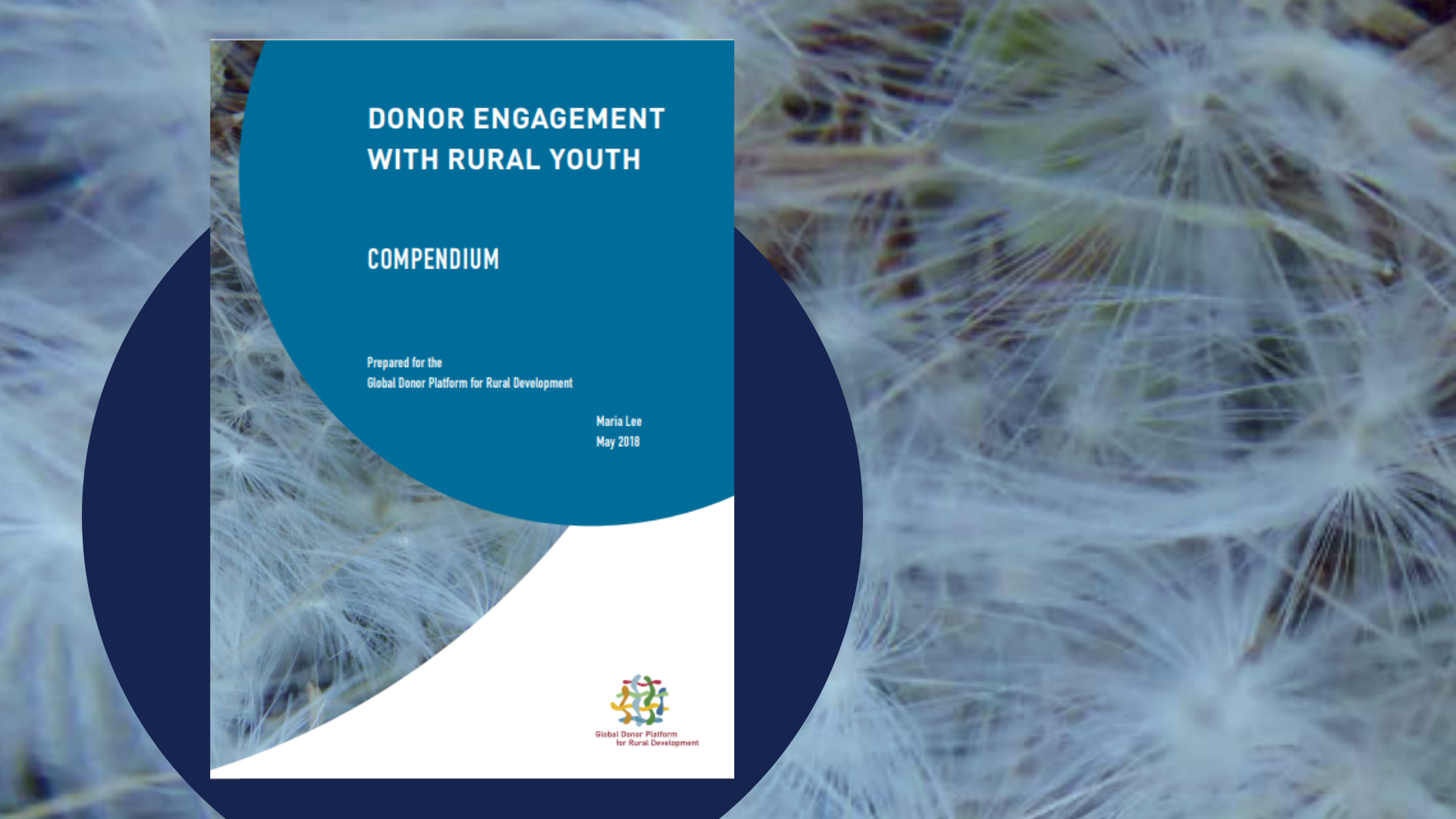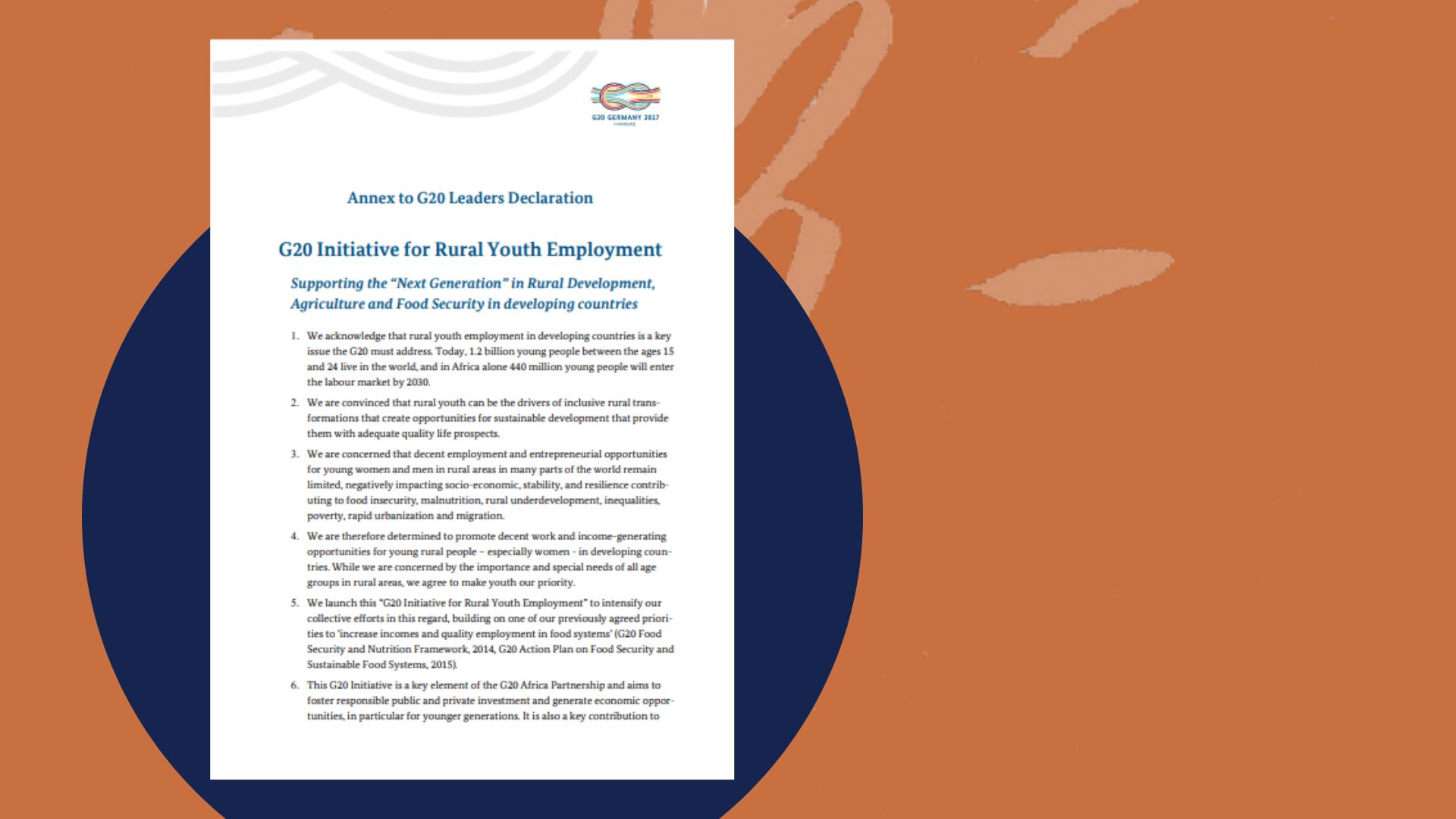
This case study on Uganda highlights the country's young population, with 74% under 30 years old and 34% classified as youth. Uganda's economy relies heavily on agriculture, accounting for significant portions of GDP, employment, and foreign exchange earnings. The country has made notable progress in agricultural growth, meeting commitments under the Malabo Declaration to reduce hunger and poverty. Uganda has also achieved broader economic development, with improvements in GDP per capita, life expectancy, access to electricity, and internet usage. Efforts to reduce youth unemployment have seen success, with plans in place to create more quality jobs and improve access to education and training in STEM fields. The country's initiatives aim to foster youth employment and empowerment within Uganda's agrifood systems, contributing to sustainable development and economic growth.









